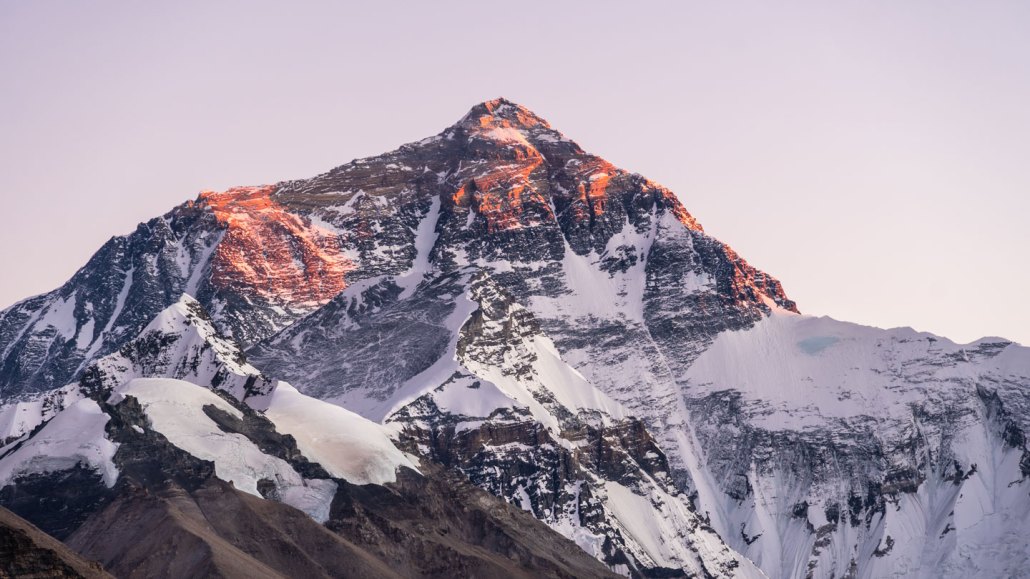air pressure: The force exerted by the weight of air molecules.
angle: The space (usually measured in degrees) between two intersecting lines or surfaces at or close to the point where they meet.
astronomy: The area of science that deals with celestial objects, space and the physical universe. People who work in this field are called astronomers.
degree: (in geometry) A unit of measurement for angles. Each degree equals one three-hundred-and-sixtieth of the circumference of a circle.
genetic: Having to do with chromosomes, DNA and the genes contained within DNA. The field of science dealing with these biological instructions is known as genetics. People who work in this field are geneticists.
mutation: (v. mutate) Some change that occurs to a gene in an organism’s DNA. Some mutations occur naturally. Others can be triggered by outside factors, such as pollution, radiation, medicines or something in the diet. A gene with this change is referred to as a mutant.
nausea: The feeling of being sick to one's stomach, as though one could vomit.
oxygen: A gas that makes up about 21 percent of Earth's atmosphere. All animals and many microorganisms need oxygen to fuel their growth (and metabolism).
planet: A large celestial object that orbits a star but unlike a star does not generate any visible light.
plateau: A flat area of land, high above sea level. It’s sometimes referred to as “tableland.” Several of its edges tend to be steeply sloped (cliffs).
pressure: Force applied uniformly over a surface, measured as force per unit of area.
right angle: A 90-degree angle, equivalent to any inside corner on a square.
sea: An ocean (or region that is part of an ocean). Unlike lakes and streams, seawater — or ocean water — is salty.
sea level: The overall level of the ocean over the entire globe when all tides and other short-term changes are averaged out.
star: The basic building block from which galaxies are made. Stars develop when gravity compacts clouds of gas. When they become hot enough, stars will emit light and sometimes other forms of electromagnetic radiation. The sun is our closest star.
symptom: A physical or mental indicator generally regarded to be characteristic of a disease. Sometimes a single symptom — especially a general one, such as fever or pain — can be a sign of any of many different types of injury or disease.
Tibetan plateau: The planet’s highest plateau, it has an average elevation of 4,500 meters (nearly 14,800 feet). Known as the Roof of the World, the “third pole” (after the North and South poles), and the Asian water tower, it is a cold, snowy region in southwestern China that includes all of Tibet. The water that melts from ice and snows here will go on to provide drinking and irrigation water for hundreds of millions of people downstream.

